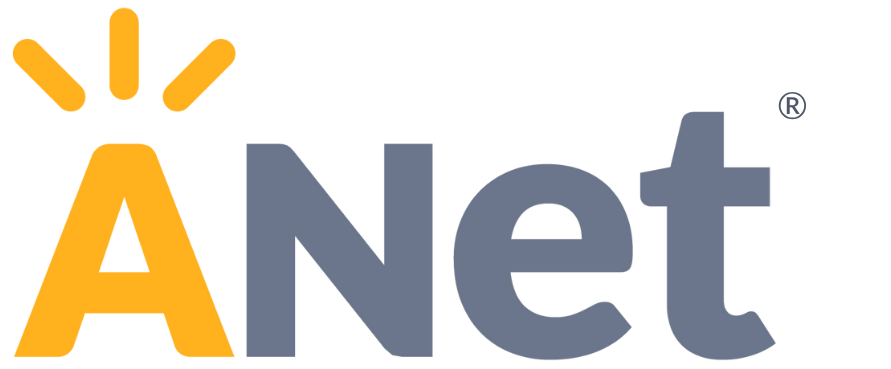Across the country, schools are adopting high-quality instructional materials (HQIM) in pursuit of rigorous instruction for all students. But materials alone don’t drive change. Research shows that up to 70% of curriculum implementations fail—not because the materials lack quality, but because implementation is often fragmented, not tied to district priorities, or limited to one-time training sessions.
Strong materials implementation, when grounded in the unique context of each school and the needs of its students, leads to improved learning outcomes. Our experience shows that success comes not just from selecting the right curriculum, but from building the systems and mindsets that support its use. Planning, coaching, leadership development, and strong data practices are all essential parts of the equation that turn strong materials into meaningful instructional change.
Our case study follows the journeys of two school systems—Belle Chasse Academy in Louisiana and Freeport Schools in Illinois—as they navigated the real work of curriculum implementation alongside their ANet coaches. Each school brings its own leadership structures, instructional focuses, and community contexts. What connects them is a commitment to doing the hard work: supporting educators, using data wisely, and creating learning environments where high-quality materials help students thrive.
Through their stories, we explore the conditions that turn HQIM from a buzzword into a catalyst for student growth.
HQIM Partnership Impact
Across Belle Chasse Academy and Freeport Schools, several common threads emerge that reveal what makes HQIM implementation work in practice:
- Student Work and Data Are Integral: Teams use student work and assessment data as central tools. Their data is actionable and clearly tied to goals and priorities. They have strong mechanisms for measuring student learning and progress. These guide instructional adjustments, spark professional learning, and build a culture of continuous improvement.
- Leadership Follow-Through Matters: Implementation gains momentum when leaders set clear expectations and remain actively involved. In each school, strong leadership drives consistency and keeps the work focused. The feedback and observation go beyond the conversation and are used to build stronger relationships.
- Internalization is a Game-Changer: Structures like grade-level PLCs and planning sessions ensure that teachers go beyond surface-level use of materials. Deep internalization supports stronger instruction and greater student understanding.
- Coaching Builds Confidence and Competence: Effective coaching, tailored to each school’s context, builds trust and supports educators in taking instructional risks. When systems have a trusted partner that is willing to work alongside them, we see positive outcomes.
- Students Stay at the Center: Each school recognizes that strong materials alone won’t close opportunity gaps. Leaders prioritize understanding student needs, reflecting on practices, keeping data at the forefront, and using HQIM to create more empowering learning experiences.
The impact of our partnerships translated into their performance on their summative assessments.
- In their first year of implementing Bridges in Mathematics with coaching support, Center Elementary in the Freeport School District achieved a 16% increase in students proficient in Math, from 29% to 46%. In comparison, Math scores for similar schools across Illinois remained stagnant at around 25%.
- Belle Chasse sustained high performance throughout its partnership with ANet, even through the pandemic, with over half of students proficient in math (51% as of 2024) and over two-thirds proficient in ELA (67% as of 2024) compared to the Louisiana average of 43% in ELA and 31% in math. They have maintained this success even as similar comparison schools in LA lost 5% or more in the years following COVID-19 disruptions.
Across these schools, the HQIM partnership proved that sustained leadership engagement, structured teacher support, and a relentless focus on student work can yield measurable gains—often exceeding state and peer benchmarks. The shared systems of data-driven decision-making, deep curriculum internalization, and embedded coaching created conditions where educators could act quickly, teach more effectively, and adapt to student needs. These common threads came to life differently in each district, shaped by local contexts and priorities, offering a rich set of stories that follow—each showing how the same core principles translated into distinct, powerful results for students.
What Happens After HQIM Implementation?
Belle Chasse and Freeport demonstrate that when leadership systems, coaching structures, and school culture are aligned, HQIM can become a true engine for student growth. But their stories also highlight the next critical step: assessments.
Too often, traditional assessments operate in isolation from curriculum, reducing their value to little more than a compliance measure. This disconnect not only stalls instructional progress but can actively undermine it—turning assessments into a curriculum killer. To sustain and amplify the gains made through HQIM, schools need high-quality instructional assessments that measure mastery of the concepts students are actually learning.
Assessments should be a catalyst for better instruction, not a competing priority. When designed to align with HQIM, they provide educators with precise, actionable insights that directly inform planning, interventions, and professional learning. This integration transforms data from a static report into a living tool for instructional decision-making.
Our upcoming white paper will explore this connection in depth, making the case that once leadership and people systems are in place, data practices must follow. The goal is to ensure that assessments and curriculum work hand-in-hand to drive and sustain student success.
You can sign up to be one of the first recipients of our white-paper here.
Belle Chasse and Freeport's success also demonstrates how HQIM implementation helps de-silo the “who” — aligning leaders, coaches, and teachers in a shared purpose — so that better materials and products can de-silo the “what,” ensuring instructional materials, assessments, and data systems work together seamlessly.
